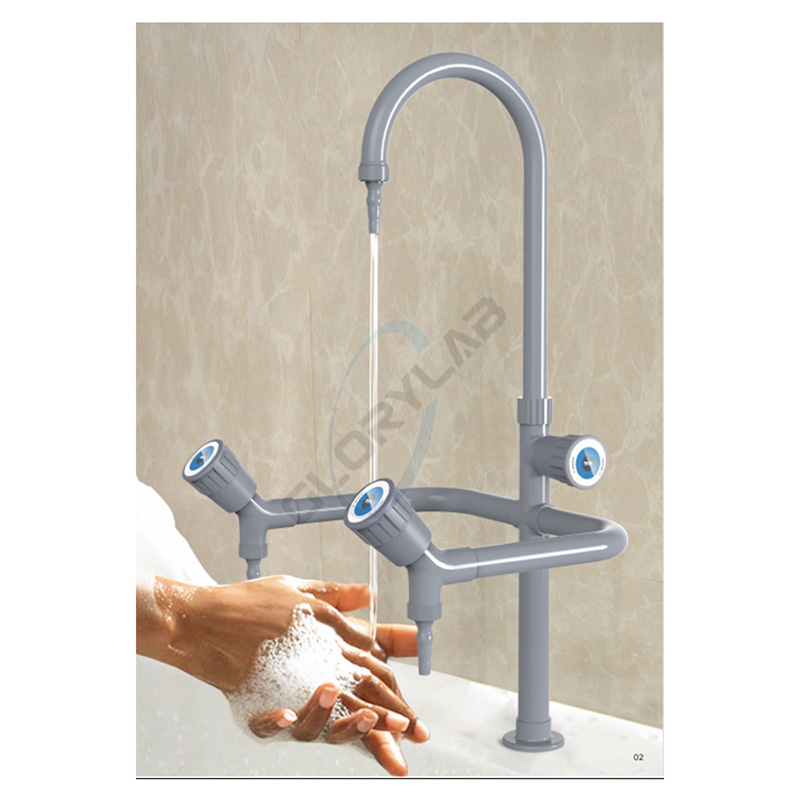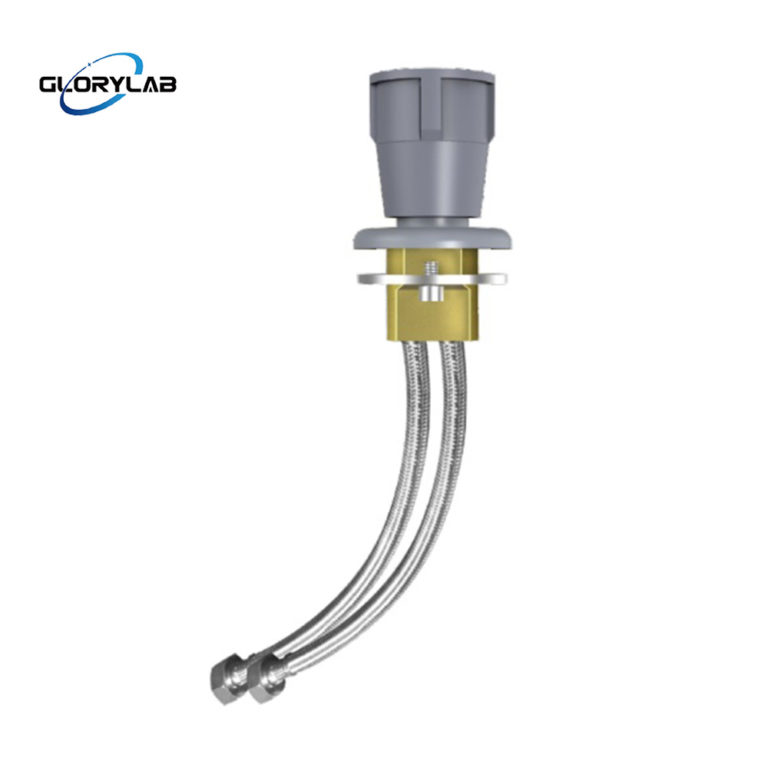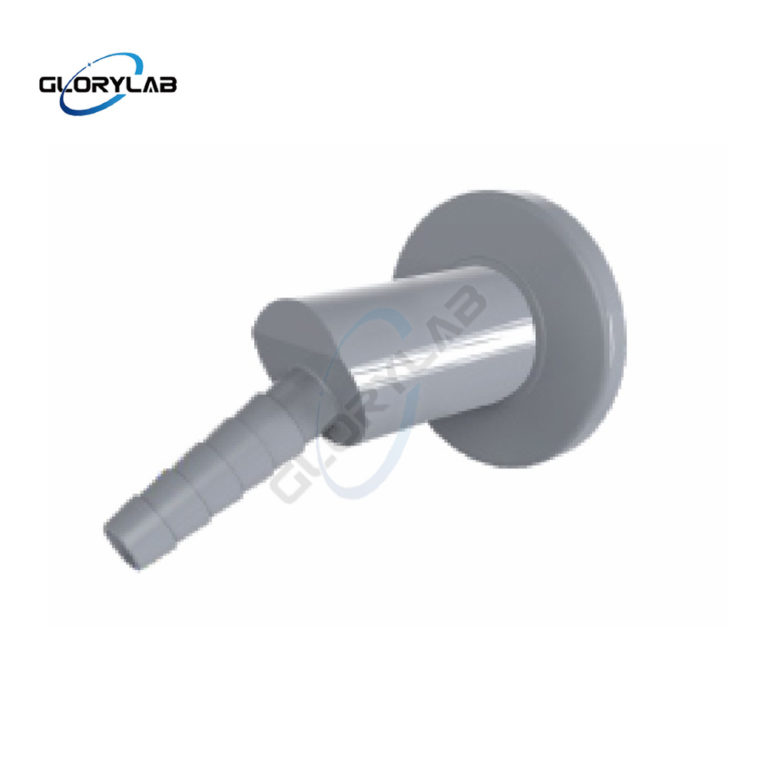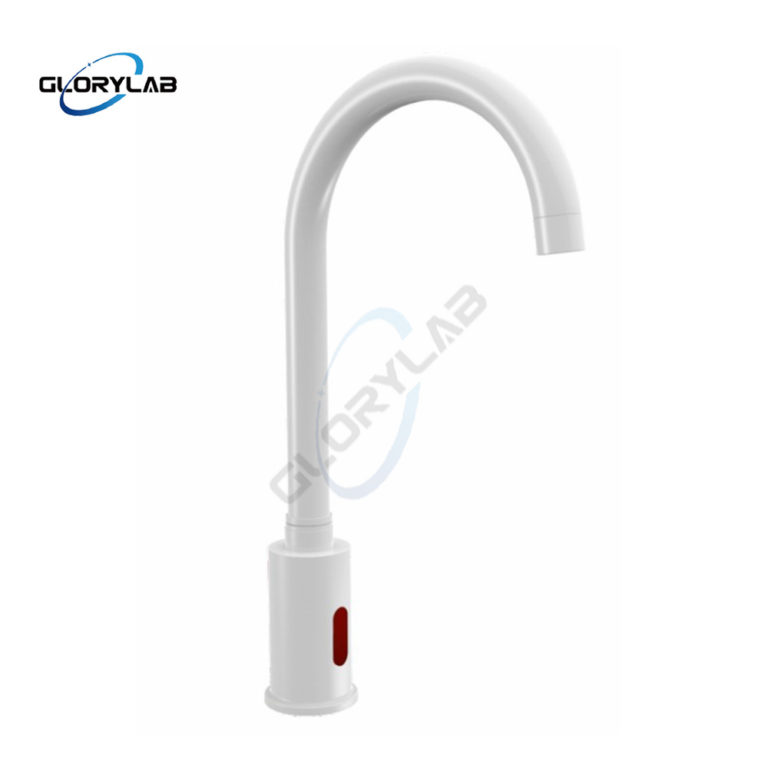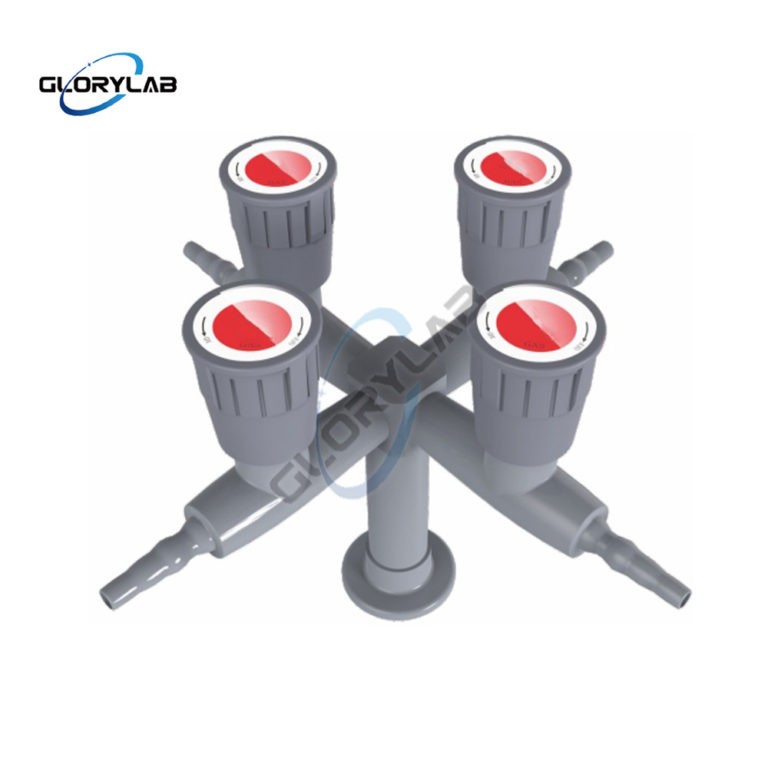Triple laboratory sink water faucet (WL002)
Type: JH-WL002
Laboratory sink water faucets or 3 way lab faucet in triple outlets is the most commonly used in various laboratories for its design and function. This type of lab tap provides cold water, hot water, and deionized water to improve experimental efficiency and ensure experimental safety. Its convenient operation, precise water flow control, and corrosion-resistant materials ensure the accuracy of experimental results and long-term stable operation of the equipment.
Description of triple outlets laboratory faucet water tap
Body: Thickened solid brass
Coating: High gloss epoxy powder, resistant to most chemicals, UV fading & heat
Ceramic headwork: 90 turn, 500,000 life cycles, water static pressure Max 35 Bar
Goose tube: 360 degree rotation.
Applications of 3 ways Outlets Lab Water Faucet for Sink
Triple laboratory sink faucets are typically used in places that require a large amount of water simultaneously, such as home kitchens and various laboratories. Especially when used in the laboratory, triple faucets can easily clean chemicals and provide the required water source, greatly improving efficiency and convenience.
Meanwhile, through different designs and functional settings, laboratory sink faucets can also provide users with a more comfortable experience.
Product picture:
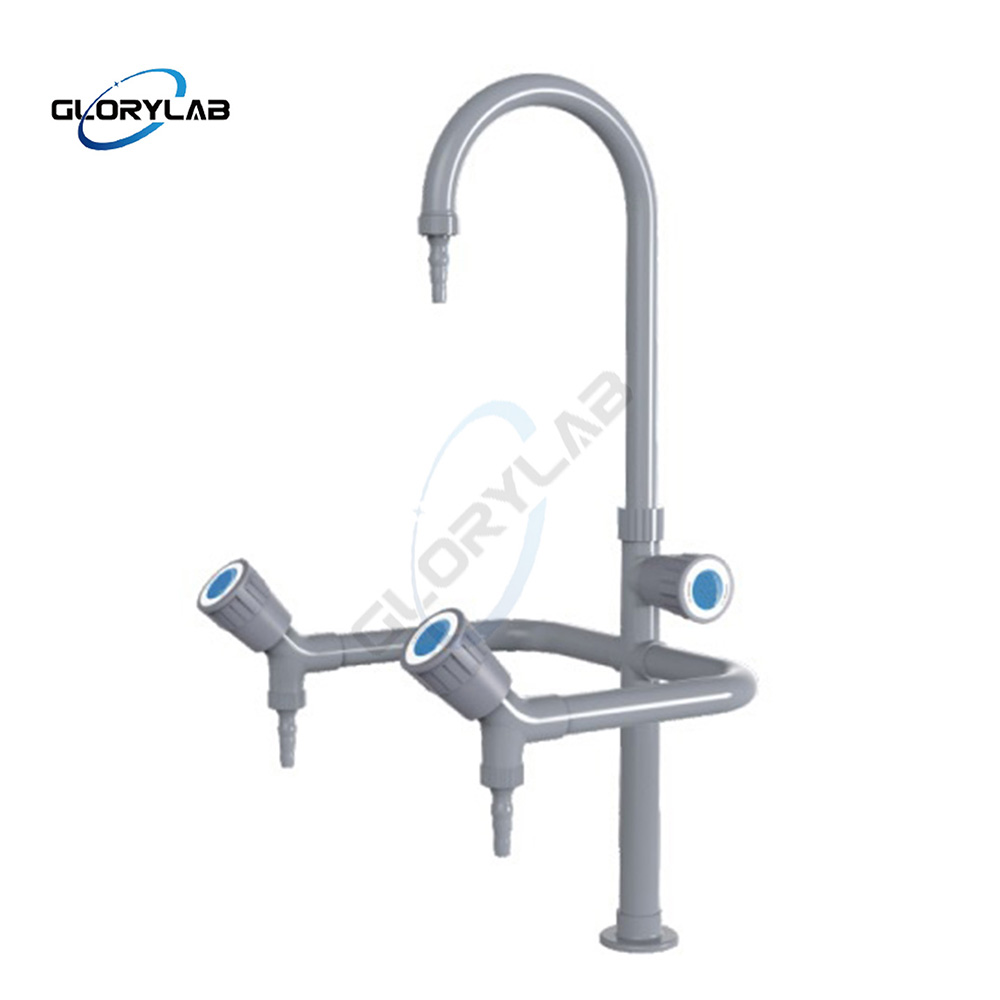
Drawing:

Characteristics of Triple Laboratory Sink Tap
1. Beautiful design: The modern triple water tap has a novel design and beautiful appearance, which can be well integrated into various laboratory decoration styles.
2. Easy to use: Compared to traditional faucets, triple water lab taps can supply water to multiple water points simultaneously, improving water efficiency.
3. Diversified water source options: three laboratory taps typically provide three water sources: cold water, hot water, and deionized water. Cold water is used for routine cleaning and cooling operations, hot water is suitable for high-temperature treatment or cleaning stubborn stains, while deionized water is suitable for experiments with strict water quality requirements to ensure the accuracy and reliability of experimental results.
4. Improving experimental efficiency: Experimenters do not need to switch between different water sources, and can obtain the desired water source through simple rotation or pressing operations, saving time and energy, reducing the complexity of operations and the possibility of errors.
5. Ensuring experimental safety: Accurate water flow control and stable water pressure output reduce the risk of accidents caused by unstable or excessive water flow, especially during chemical reactions, where precise control of the amount and speed of water added is crucial.
6. Corrosion resistant materials: High quality laboratory faucets are usually made of corrosion-resistant materials, which can operate stably in complex chemical environments for a long time, reducing the frequency of equipment damage and maintenance.
Overall, the three ways laboratory sink water faucet is an efficient, convenient, and aesthetically pleasing faucet device that is suitable for various scenarios and uses. Its versatility and excellent user experience make it an ideal choice in modern laboratories.
Raw material: thickened coppper
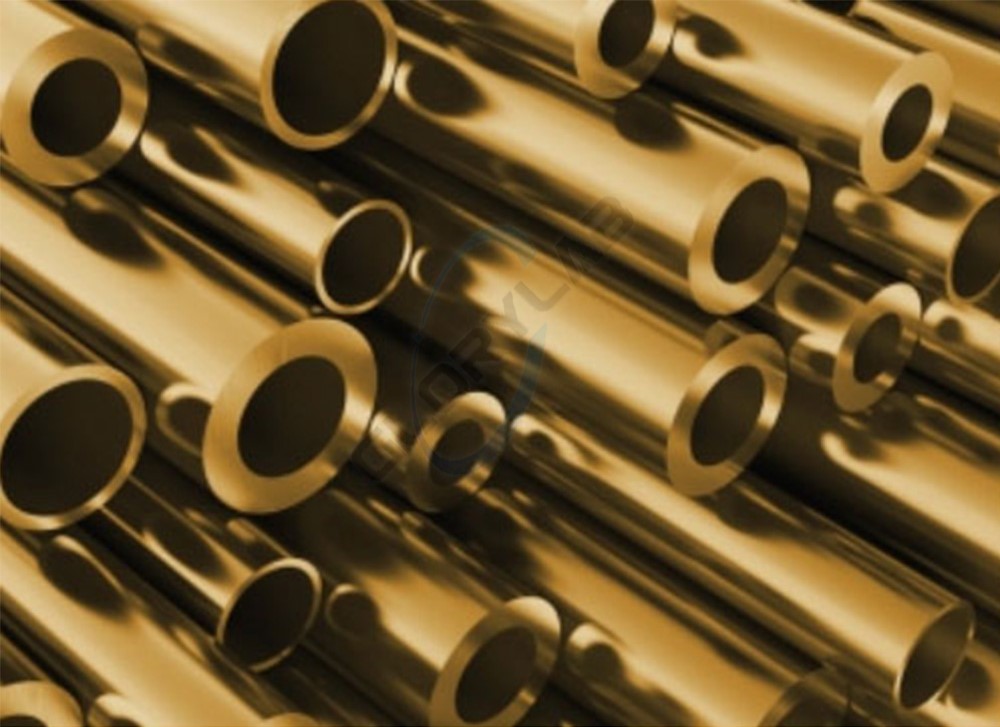
Working Status of Lab Faucet:
